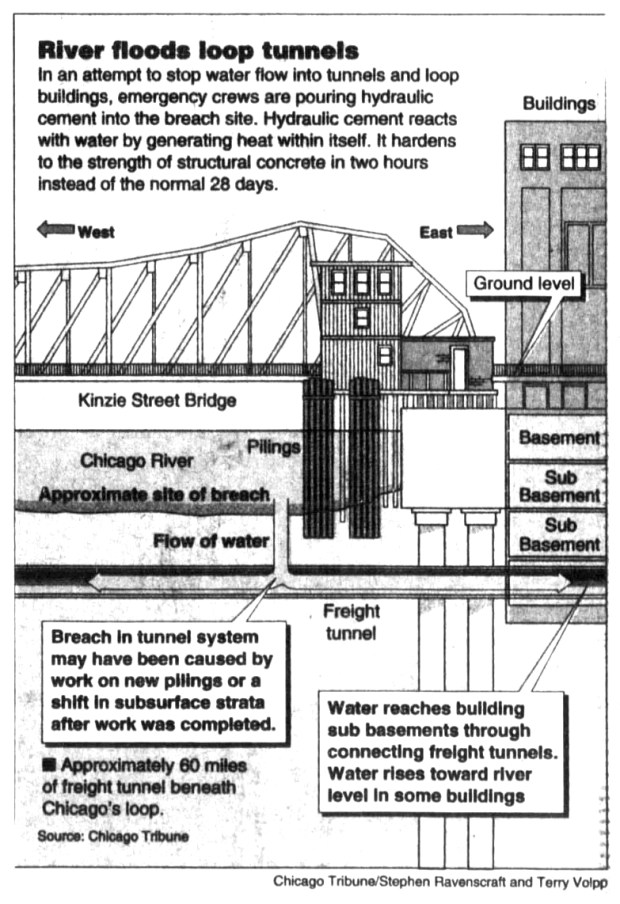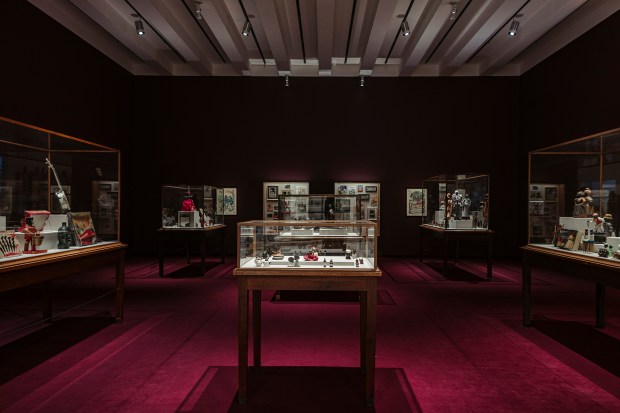Here’s a look back at what happened in the Chicago area on April 13, according to the Tribune’s archives.
Is an important event missing from this date? Email us.
Weather records (from the National Weather Service, Chicago)
- High temperature: 83 degrees (2023)
- Low temperature: 21 degrees (1950)
- Precipitation: 1.33 inches (1983)
- Snowfall: 1.2 inches (1907)
1992: The Great Chicago Loop Flood paralyzed downtown — shutting down power and prompting an evacuation that would affect financial markets and bring business to a halt for days.
Those who were there vividly recall that spring day when 124 million gallons of water from the Chicago River flowed into the city’s maze of underground freight tunnels and building basements, turning the Loop into a ghost town.
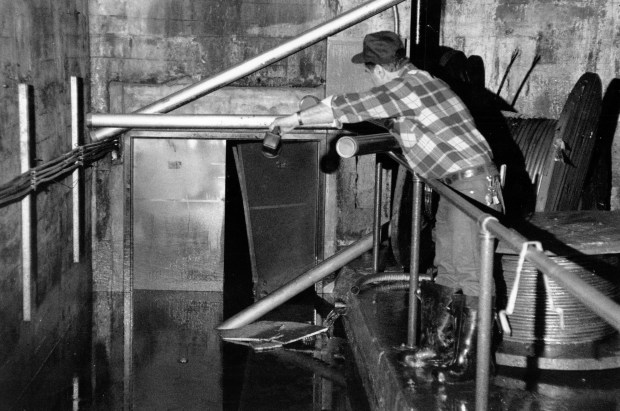
“It has become one of these critical stories of Chicago,” John Russick, former senior vice president at the Chicago History Museum, later told the Tribune. “If you call yourself a Chicagoan, you know what’s on a Chicago-style hot dog, you know who Shoeless Joe Jackson was and you know when the Chicago flood happened.”
The flood marked a turning point for the city and downtown building owners. The unexpected crisis prompted officials to put emergency plans and other safety measures in place that have kept the tunnels in use and avoided other disasters.
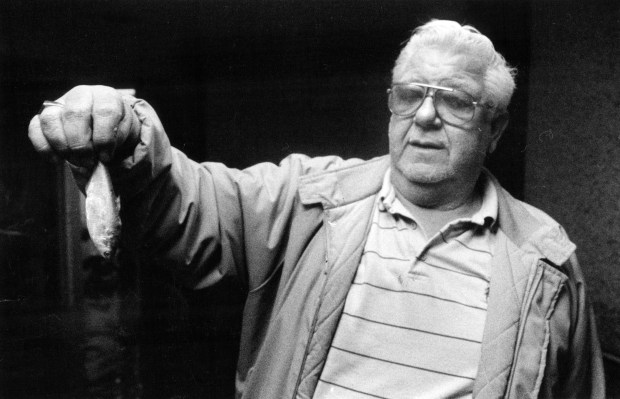
What caused it? Mayor Richard M. Daley — Someone ‘dropped ball’ on leak
The disastrous flood that hit downtown Chicago began as a small and seemingly harmless leak that was detected at least a week earlier by city workers. The seepage was considered routine at the time it was spotted, and plans were made to make repairs from within the tunnel.
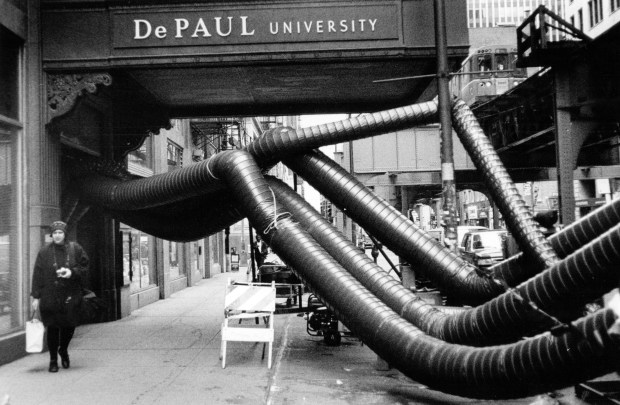
But before the work began, the leak grew into a flood that sent more than 250 million gallons of murky Chicago River water coursing through a turn-of-the-century underground tunnel system and up into the subgrade levels of buildings throughout downtown.
The flood caused at least $1 billion in damage and business losses.
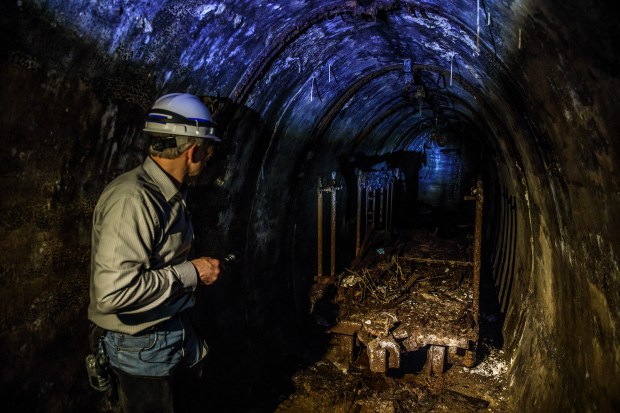
Today, the dark tunnels in the bowels of the city are closed to the public but remain in use
A Tribune tour of the tunnels in 2017 provided a rare look into the world below the city.
Want more vintage Chicago?
Subscribe to the free Vintage Chicago Tribune newsletter, join our Chicagoland history Facebook group, stay current with Today in Chicago History and follow us on Instagram for more from Chicago’s past.
Have an idea for Vintage Chicago Tribune? Share it with Kori Rumore and Marianne Mather at krumore@chicagotribune.com and mmather@chicagotribune.com


